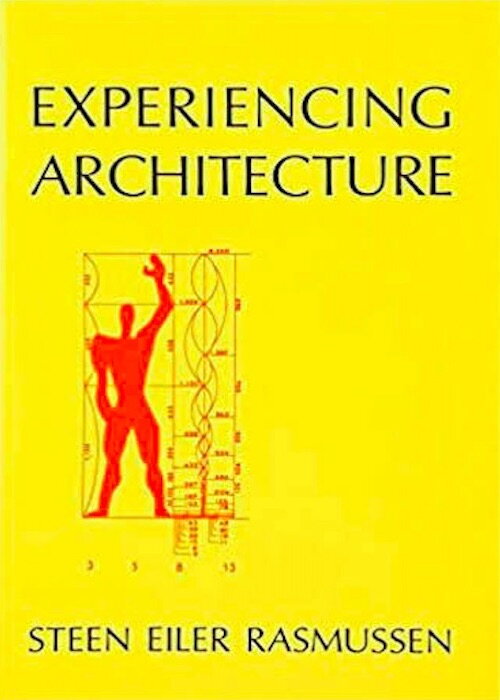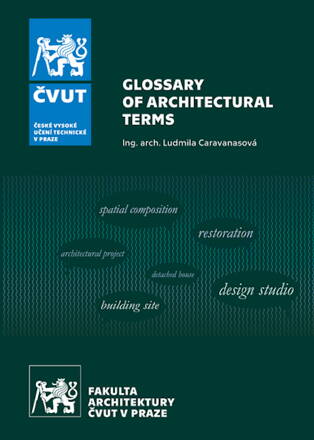Experiencing Architecture
Widely regarded as a classic in the field, Experiencing Architecture explores the history and promise of good design. Generously illustrated with historical examples of designing excellence

Product description
Description
Widely regarded as a classic in the field, Experiencing Architecture explores the history and promise of good design. Generously illustrated with historical examples of designing excellence ― ranging from teacups, riding boots, and golf balls to the villas of Palladio and the fish-feeding pavilion of Beijing's Winter Palace―Rasmussen's accessible guide invites us to appreciate architecture not only as a profession, but as an art that shapes everyday experience.
In the past, Rasmussen argues, architecture was not just an individual pursuit, but a community undertaking. Dwellings were built with a natural feeling for place, materials and use, resulting in "a remarkably suitable comeliness." While we cannot return to a former age, Rasmussen notes, we can still design spaces that are beautiful and useful by seeking to understand architecture as an art form that must be experienced. An understanding of good design comes not only from one's professional experience of architecture as an abstract, individual pursuit, but also from one's shared, everyday experience of architecture in real time ― its particular use of light, color, shape, scale, texture, rhythm and sound.
Experiencing Architecture reminds us of what good architectural design has accomplished over time, what it can accomplish still, and why it is worth pursuing. Wide-ranging and approachable, it is for anyone who has ever wondered "what instrument the architect plays on."
Details
-
-
- Hardcover: 245 pages
- Publisher: The MIT Press
- Edition: Second Edition
- Year of Publication: 5th November 2019
- Language: English
- ISBN-13: 978-0262680028
- Product Dimensions: cm/7.9 x 5.2 x 0.6 inches
- Shipping Weight: kg/11.5 ounces
-
About the Authors
Steen Eiler Rasmussen, Honorary Fellowship of the American Institute of Architects (Hon. FAIA) (9 January 1898 – 19 June 1990) was a Danish architect and urban planner who was a professor at the Royal Danish Academy of Fine Arts, and a prolific writer of books and poetry. He was made a Royal Designer for Industry by the British Royal Society of Artsin 1947.
Reviews
Discussion
Product comments
There are no comments yet! Be the first!
Product question

1196,69 € Before discount: 1196,69 €
-
Price with tax 8,47 €





Review